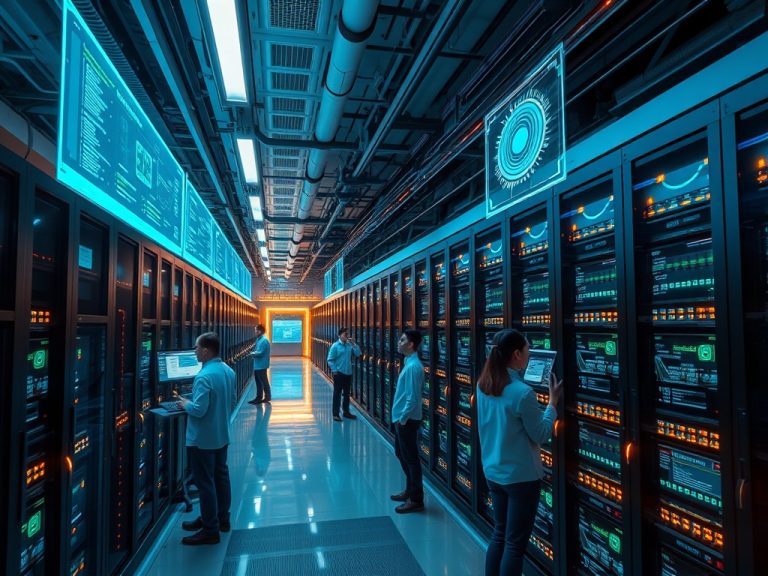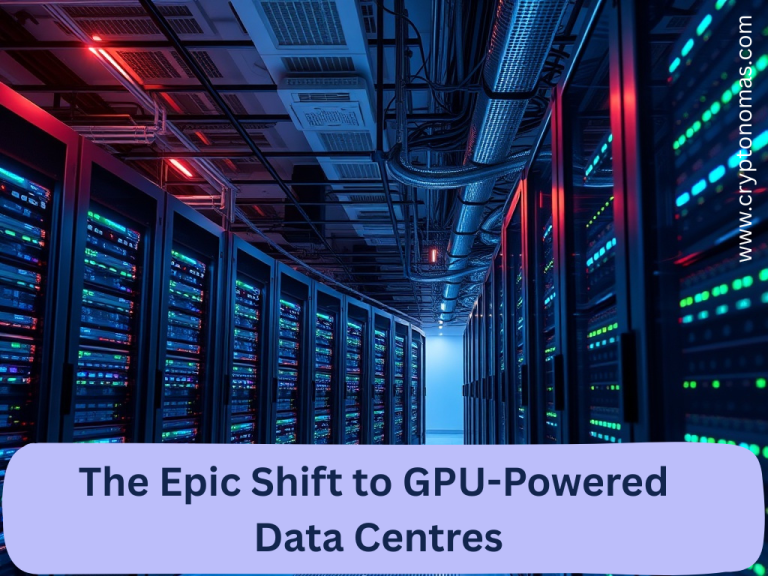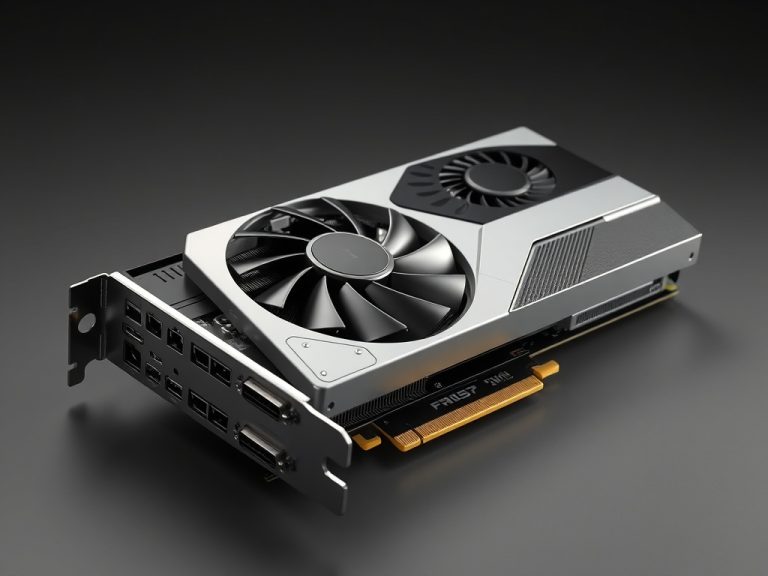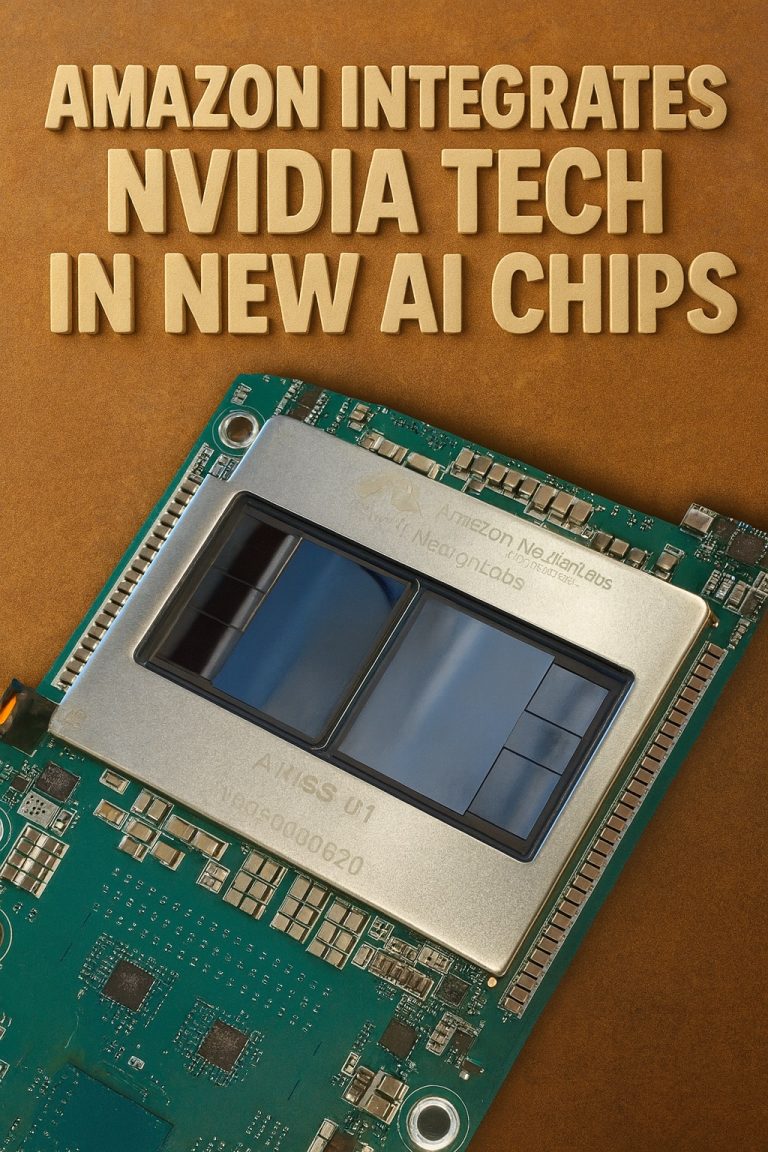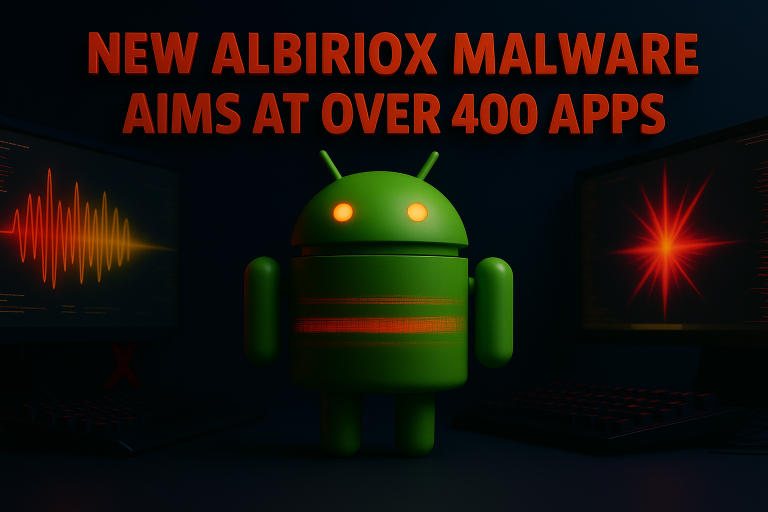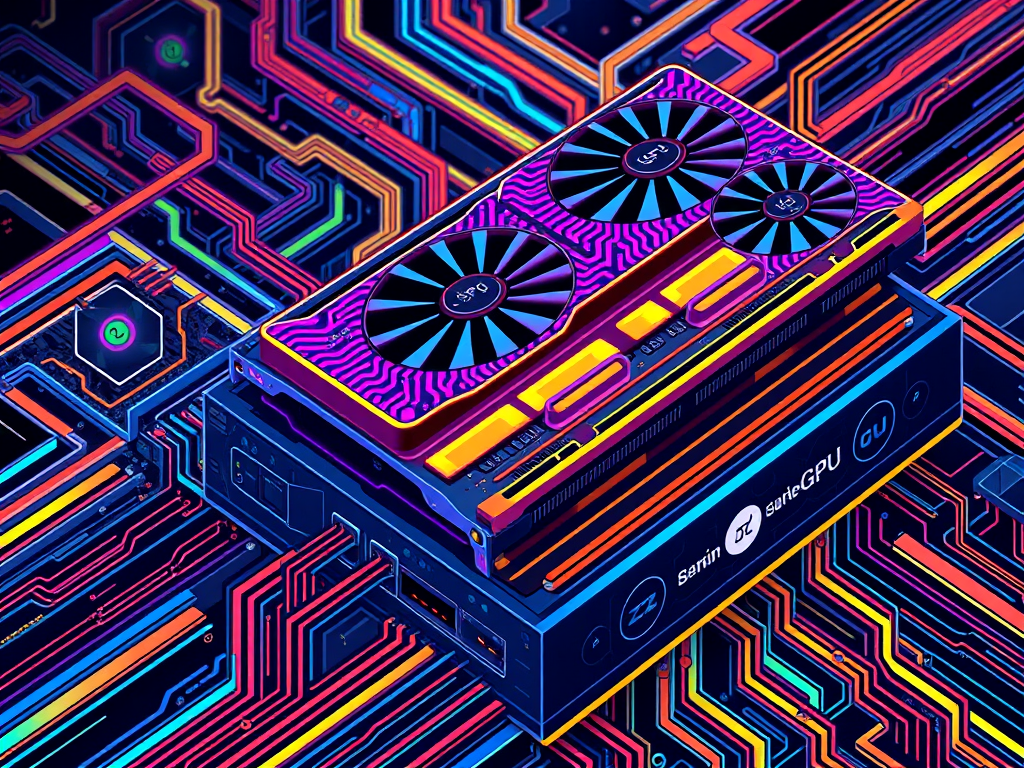
In recent years, the demand for powerful computing has grown significantly, particularly in fields like scientific research, machine learning, and big data analysis. At the heart of this trend are GPU clusters, which use Graphics Processing Units (GPUs) to handle complex tasks more efficiently than traditional computer systems. This article will explain what GPU clusters are, how they operate, their benefits, and the various applications they support.
What Are GPU Clusters?
A GPU cluster is a collection of interconnected computers, known as nodes, each equipped with one or more GPUs. These clusters are designed to work together to perform large-scale computations, allowing for faster processing of data. Unlike a single computer that processes tasks one at a time, GPU clusters can distribute tasks among multiple GPUs, significantly speeding up overall performance.
Key Components of GPU Clusters
- Nodes: Each node in a GPU cluster is essentially a computer that includes a Central Processing Unit (CPU), memory (RAM), storage, and one or more GPUs. The specific configuration of these nodes can vary depending on the needs of the applications they support.
- Interconnects: These are the networking components that link the nodes together. Fast interconnects, such as InfiniBand or high-speed Ethernet, are crucial for minimizing latency and maximizing data transfer rates between nodes. This ensures that the system operates efficiently, even when processing large amounts of data.
- Software Stack: A robust software stack is essential for managing the hardware and coordinating tasks across the nodes. This includes the operating system (like Linux), device drivers for the GPUs, and parallel computing frameworks such as CUDA (for NVIDIA GPUs) or OpenCL (for cross-platform support). These tools help developers optimize their applications to take full advantage of the GPU cluster’s capabilities.
How GPU Clusters Work
GPU clusters operate by dividing large computational tasks into smaller, manageable pieces that can be processed simultaneously by multiple GPUs. Here’s a step-by-step overview of how they function:
- Task Decomposition: Large problems, such as simulations or data analyses, are broken down into smaller tasks that can be executed in parallel. This is often done using specialized software that identifies independent tasks within the larger problem.
- Task Distribution: Once the tasks are divided, they are distributed across the available nodes in the cluster. Each node processes its assigned tasks independently, which helps reduce the overall time required to complete the entire job.
- Parallel Processing: Each GPU within a node executes its tasks simultaneously. This parallel execution is where GPUs excel, as they can handle thousands of threads at once. For example, in machine learning, each GPU can work on different portions of a dataset, allowing for faster model training.
- Data Communication: As tasks are processed, nodes may need to exchange data. Efficient communication protocols are vital to ensure that data transfers do not create delays. High-speed interconnects help facilitate this communication, allowing nodes to share results and intermediate data quickly.
- Aggregation of Results: Once the tasks are completed, the results from all nodes are collected and aggregated to produce the final output. This step involves consolidating the data and ensuring that it is accurate and ready for analysis or presentation.
Benefits of GPU Clusters
- Performance: One of the primary advantages of GPU clusters is their ability to perform computations much faster than traditional CPU-based systems. Tasks that could take hours on a CPU might be completed in minutes or seconds on a GPU cluster, making them ideal for time-sensitive applications.
- Scalability: GPU clusters can be easily scaled by adding more nodes. This means that organizations can increase their computing power as their needs grow, allowing them to handle larger datasets and more complex computations without a complete system overhaul.
- Cost-Effectiveness: While the upfront investment in GPU clusters can be significant, the performance gains often lead to lower operational costs in the long run. Faster processing times can improve productivity and reduce the time spent on projects, translating to cost savings for businesses and researchers.
- Energy Efficiency: GPUs are often more energy-efficient than CPUs for certain types of tasks. This means that organizations can achieve higher performance with lower energy consumption, which is important for sustainability and reducing operational costs.

Applications of GPU Clusters
- Scientific Research: GPU clusters are widely used in various scientific fields, including physics, chemistry, and biology. Researchers use these clusters for complex simulations, such as modeling molecular interactions or simulating physical systems, which require immense computational resources.
- Machine Learning and AI: Training deep learning models involves processing large amounts of data and performing complex calculations. GPU clusters excel in this area, allowing researchers and developers to train models faster and experiment with more sophisticated algorithms.
- Big Data Analytics: Analyzing large datasets can be time-consuming and resource-intensive. GPU clusters help expedite this process, enabling organizations to derive insights more quickly and make data-driven decisions. Industries like finance, healthcare, and marketing benefit significantly from faster analytics.
- Rendering and Visual Effects: In the entertainment industry, GPU clusters are essential for rendering high-quality graphics and visual effects in films and video games. The ability to process multiple frames simultaneously allows for more detailed and realistic imagery.
- Cryptocurrency Mining: GPU clusters are also used in cryptocurrency mining, where the high processing power of GPUs allows miners to solve complex mathematical problems more quickly, increasing their chances of earning rewards.
Challenges and Considerations
While GPU clusters offer many benefits, they also come with challenges:
- Complexity: Setting up and managing a GPU cluster can be complex. It requires specialized knowledge of hardware, software, and network configurations.
- Cost: The initial investment for GPUs, high-speed interconnects, and necessary infrastructure can be high, which may be a barrier for smaller organizations.
- Software Compatibility: Not all applications are optimized for GPU processing. Developers may need to modify existing software or write new code to fully utilize the capabilities of a GPU cluster.
- Data Management: Handling large amounts of data generated by GPU clusters can be challenging. Organizations must have effective data storage and management strategies in place.
Conclusion
GPU clusters represent a powerful solution for industries that require high-performance computing capabilities. By leveraging the parallel processing power of GPUs, these clusters can significantly enhance performance across a wide range of applications. As technology continues to evolve, GPU clusters are likely to play an increasingly vital role in advancing research, technology, and innovation.
Understanding their architecture and functionality is essential for anyone looking to harness the power of modern computing. With the right setup and management, GPU clusters can provide significant advantages, helping organizations tackle some of the most demanding computational challenges of today and tomorrow.
